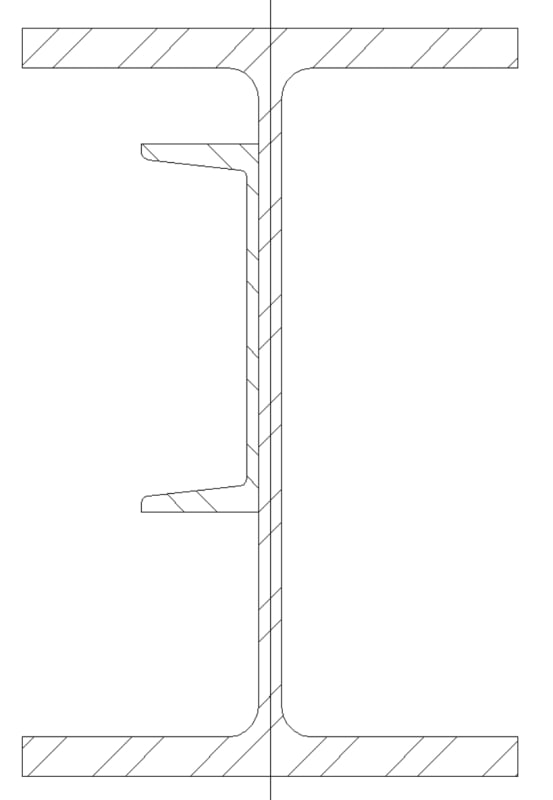Can this composite section ever be considered as a Class 2 section?

I thought it had to be symmetric in the plane of the loading to be Class 2. The effect of adding a channel for composite capacity is very limited and the original section is Class 1 and you can use the plastic section Zx. The resulting is not Class 2, I think, and the effect of using the composite section modulus Sx results in a lower moment capacity than the unreinforced section.
Interesting puzzle? Any comments?
-----*****-----
So strange to see the singularity approaching while the entire planet is rapidly turning into a hellscape. -John Coates
-Dik

I thought it had to be symmetric in the plane of the loading to be Class 2. The effect of adding a channel for composite capacity is very limited and the original section is Class 1 and you can use the plastic section Zx. The resulting is not Class 2, I think, and the effect of using the composite section modulus Sx results in a lower moment capacity than the unreinforced section.
Interesting puzzle? Any comments?
-----*****-----
So strange to see the singularity approaching while the entire planet is rapidly turning into a hellscape. -John Coates
-Dik
